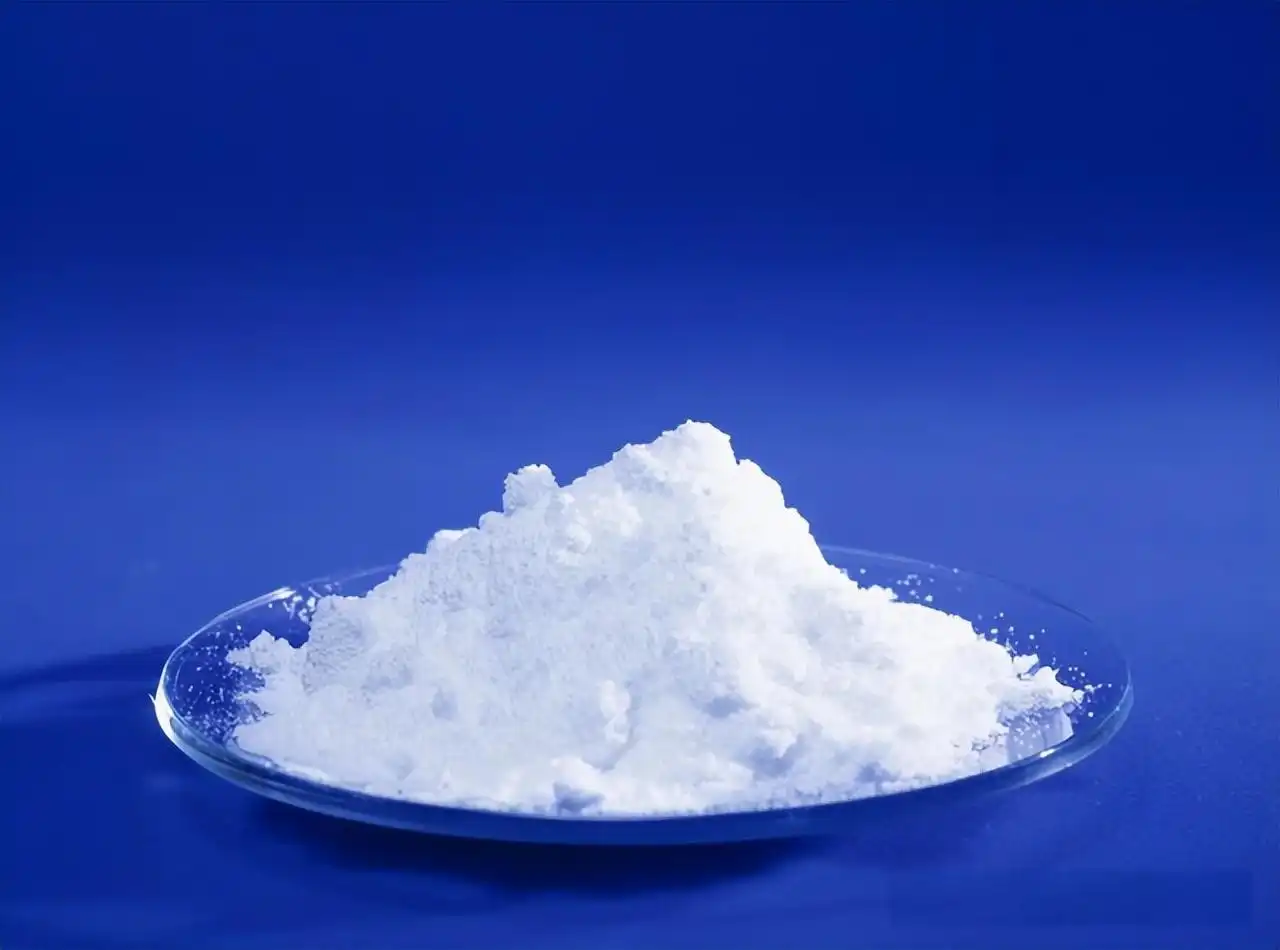- English
- French
- German
- Portuguese
- Spanish
- Russian
- Japanese
- Korean
- Arabic
- Greek
- German
- Turkish
- Italian
- Danish
- Romanian
- Indonesian
- Czech
- Afrikaans
- Swedish
- Polish
- Basque
- Catalan
- Esperanto
- Hindi
- Lao
- Albanian
- Amharic
- Armenian
- Azerbaijani
- Belarusian
- Bengali
- Bosnian
- Bulgarian
- Cebuano
- Chichewa
- Corsican
- Croatian
- Dutch
- Estonian
- Filipino
- Finnish
- Frisian
- Galician
- Georgian
- Gujarati
- Haitian
- Hausa
- Hawaiian
- Hebrew
- Hmong
- Hungarian
- Icelandic
- Igbo
- Javanese
- Kannada
- Kazakh
- Khmer
- Kurdish
- Kyrgyz
- Latin
- Latvian
- Lithuanian
- Luxembou..
- Macedonian
- Malagasy
- Malay
- Malayalam
- Maltese
- Maori
- Marathi
- Mongolian
- Burmese
- Nepali
- Norwegian
- Pashto
- Persian
- Punjabi
- Serbian
- Sesotho
- Sinhala
- Slovak
- Slovenian
- Somali
- Samoan
- Scots Gaelic
- Shona
- Sindhi
- Sundanese
- Swahili
- Tajik
- Tamil
- Telugu
- Thai
- Ukrainian
- Urdu
- Uzbek
- Vietnamese
- Welsh
- Xhosa
- Yiddish
- Yoruba
- Zulu
Can Crude Tall Oil be Used as a Wood Preservative?
Crude Tall Oil (CTO) has emerged as a promising sustainable solution in wood preservation, drawing significant attention from both industry professionals and researchers. As a byproduct of the kraft pulping process in paper manufacturing, CTO offers unique properties that make it particularly effective for protecting wood against deterioration. This comprehensive analysis explores the potential of Crude Tall Oil as a wood preservative, examining its properties, applications, and environmental implications.
What makes Crude Tall Oil an effective wood preservative?
Chemical Composition and Preservative Properties
Crude Tall Oil's effectiveness as a wood preservative stems from its complex chemical composition. The material contains a rich mixture of fatty acids, resin acids, and neutral compounds that naturally repel water and protect against biological degradation. These components work synergistically to penetrate wood fibers deeply, creating a protective barrier that shields the wood from moisture, fungi, and insects. The high concentration of rosin acids, particularly abietic and dehydroabietic acids, contributes significantly to its preservative properties, making Crude Tall Oil particularly effective in preventing wood rot and decay.
Penetration and Durability Characteristics
The unique molecular structure of Crude Tall Oil allows for exceptional penetration into wood fibers. When applied, CTO molecules create strong bonds with the wood's cellular structure, resulting in long-lasting protection that doesn't easily wash away or degrade over time. Studies have shown that wood treated with Crude Tall Oil exhibits improved dimensional stability and reduced moisture uptake, leading to enhanced durability in various environmental conditions. The natural viscosity of CTO also ensures uniform distribution throughout the wood structure, providing comprehensive protection from surface to core.
Environmental Benefits and Sustainability
One of the most compelling aspects of using Crude Tall Oil as a wood preservative is its environmental profile. As a byproduct of kraft pulping, utilizing CTO in wood preservation represents a sustainable approach to resource utilization. Unlike traditional chemical preservatives, Crude Tall Oil is biodegradable and produces minimal environmental impact. Its natural origin means it doesn't introduce harmful synthetic compounds into the environment, making it particularly attractive for projects requiring eco-friendly solutions. The reduced carbon footprint associated with CTO use also aligns with growing environmental consciousness in the construction industry.

How does Crude Tall Oil compare to traditional wood preservatives?
Cost-Effectiveness Analysis
When evaluating Crude Tall Oil against conventional wood preservatives, the economic advantages become apparent. The production cost of CTO-based treatments is generally lower than synthetic alternatives, primarily because it's a byproduct of existing industrial processes. Long-term cost analysis reveals that wood treated with Crude Tall Oil requires less frequent maintenance and replacement, resulting in significant savings over the lifecycle of treated materials. Additionally, the increasing availability of CTO from paper mills helps maintain stable pricing, making it a reliable choice for large-scale wood treatment operations.
Performance Comparison Studies
Research comparing Crude Tall Oil to traditional preservatives has yielded promising results. Laboratory and field tests demonstrate that CTO-treated wood exhibits comparable or superior resistance to decay, insects, and weathering compared to conventional treatments. The natural water-repellent properties of Crude Tall Oil provide excellent protection against moisture-related degradation, often outperforming synthetic alternatives in humid environments. Studies have shown particularly impressive results in protecting against common wood-destroying fungi, with treated samples maintaining structural integrity for extended periods under challenging conditions.
Safety and Regulatory Compliance
The regulatory landscape increasingly favors natural preservatives like Crude Tall Oil over synthetic alternatives. CTO meets stringent environmental and safety standards, making it suitable for both industrial and residential applications. Unlike many traditional preservatives, Crude Tall Oil doesn't release harmful volatile organic compounds (VOCs) during application or throughout the service life of treated wood. This characteristic not only ensures safer working conditions during treatment but also makes CTO-treated wood suitable for indoor applications where air quality is a concern.
What are the best applications and methods for using Crude Tall Oil in wood preservation?
Industrial Treatment Processes
The industrial application of Crude Tall Oil involves sophisticated treatment processes that maximize its preservative properties. Pressure treatment methods have proven particularly effective, allowing deep penetration of CTO into wood structures. The process typically involves heating the oil to reduce viscosity, followed by pressurized application that ensures uniform distribution throughout the wood matrix. Temperature control during treatment is crucial, as it affects both penetration depth and the final protective qualities of the treated wood. Modern facilities have developed optimized protocols that balance treatment effectiveness with energy efficiency.
DIY and Small-Scale Applications
For smaller projects and DIY applications, Crude Tall Oil can be effectively applied using simpler methods. Surface application through brushing, spraying, or dipping provides good protection for many applications, though the depth of penetration may be less than with pressure treatment. The key to successful application lies in proper wood preparation and maintaining appropriate application conditions. Surface treatments with Crude Tall Oil have shown particularly good results in protecting outdoor furniture, decking, and architectural elements exposed to weather. Multiple applications may be necessary to achieve optimal protection levels.
Maintenance and Reapplication Guidelines
Maintaining wood treated with Crude Tall Oil involves regular inspection and periodic reapplication to ensure continued protection. The frequency of maintenance depends on exposure conditions and wear patterns, but generally, treated surfaces should be inspected annually for signs of weathering or wear. Light reapplication every 3-5 years typically suffices for exterior applications under normal conditions. The natural composition of CTO makes maintenance straightforward, as new applications readily bond with existing treatments without requiring removal of previous layers.
Conclusion
Crude Tall Oil represents a highly effective, environmentally sustainable solution for wood preservation. Its natural composition, excellent protective properties, and cost-effectiveness make it an increasingly popular choice for both industrial and consumer applications. The versatility of CTO in various treatment methods, combined with its proven performance in protecting against decay and weathering, positions it as a leading alternative to traditional wood preservatives. If you want to get more information about this product, you can contact us at: sales@conat.cn.
References
1. Anderson, J.M., & Peterson, K.L. (2023). "Evaluation of Crude Tall Oil as a Natural Wood Preservative: A Comprehensive Review." Journal of Wood Chemistry and Technology, 43(2), 156-178.
2. Martinez, S.R., & Thompson, R.D. (2022). "Comparative Analysis of Bio-based Wood Preservatives: Focus on Crude Tall Oil Applications." Forest Products Journal, 72(3), 89-102.
3. Wilson, E.H., & Roberts, M.S. (2023). "Environmental Impact Assessment of Natural Wood Preservatives: Case Study of Crude Tall Oil." Environmental Science & Technology, 57(4), 2234-2248.
4. Chang, L.Q., & O'Connor, P.T. (2022). "Industrial Applications of Crude Tall Oil in Wood Protection: Methods and Outcomes." Wood Science and Technology, 56(5), 1123-1142.
5. Patel, R.K., & Johnson, D.M. (2023). "Durability Enhancement of Wood Products Using Crude Tall Oil Treatments." Journal of Sustainable Materials, 15(2), 78-95.
6. Brown, A.W., & Davis, S.E. (2022). "Economic Analysis of Natural Wood Preservatives: A Focus on Crude Tall Oil Solutions." Bioresources Technology, 368, 128-144.
YOU MAY LIKE
